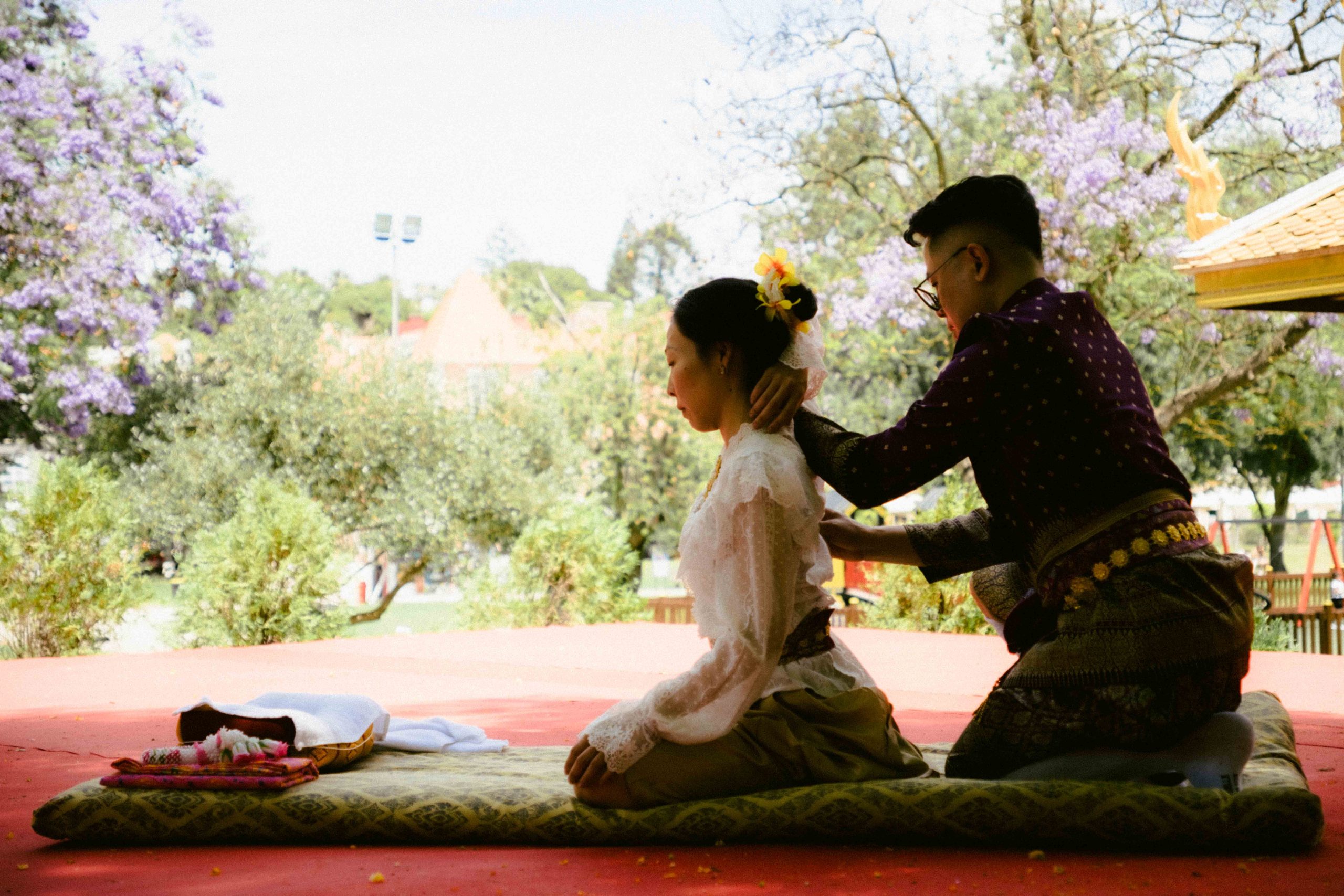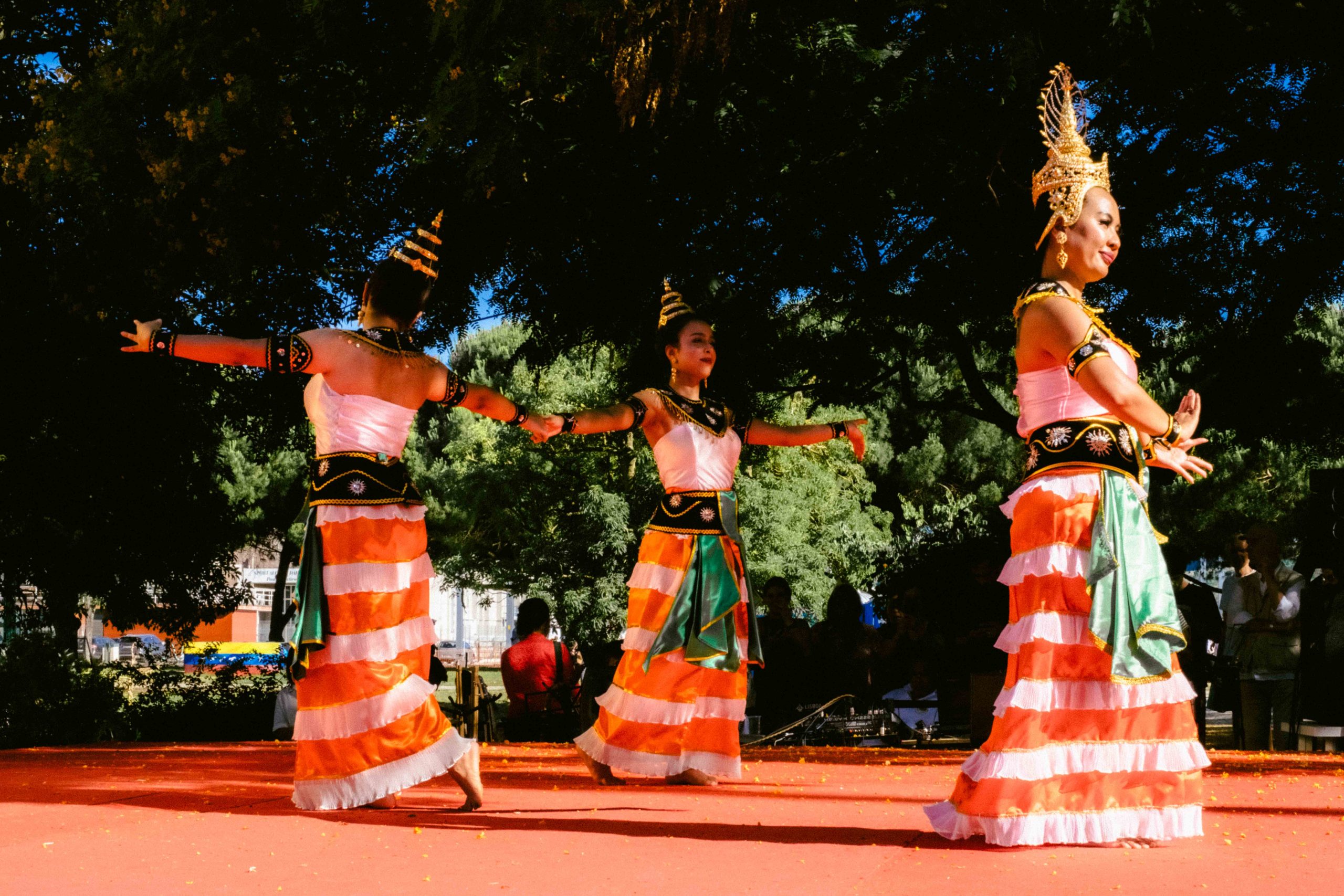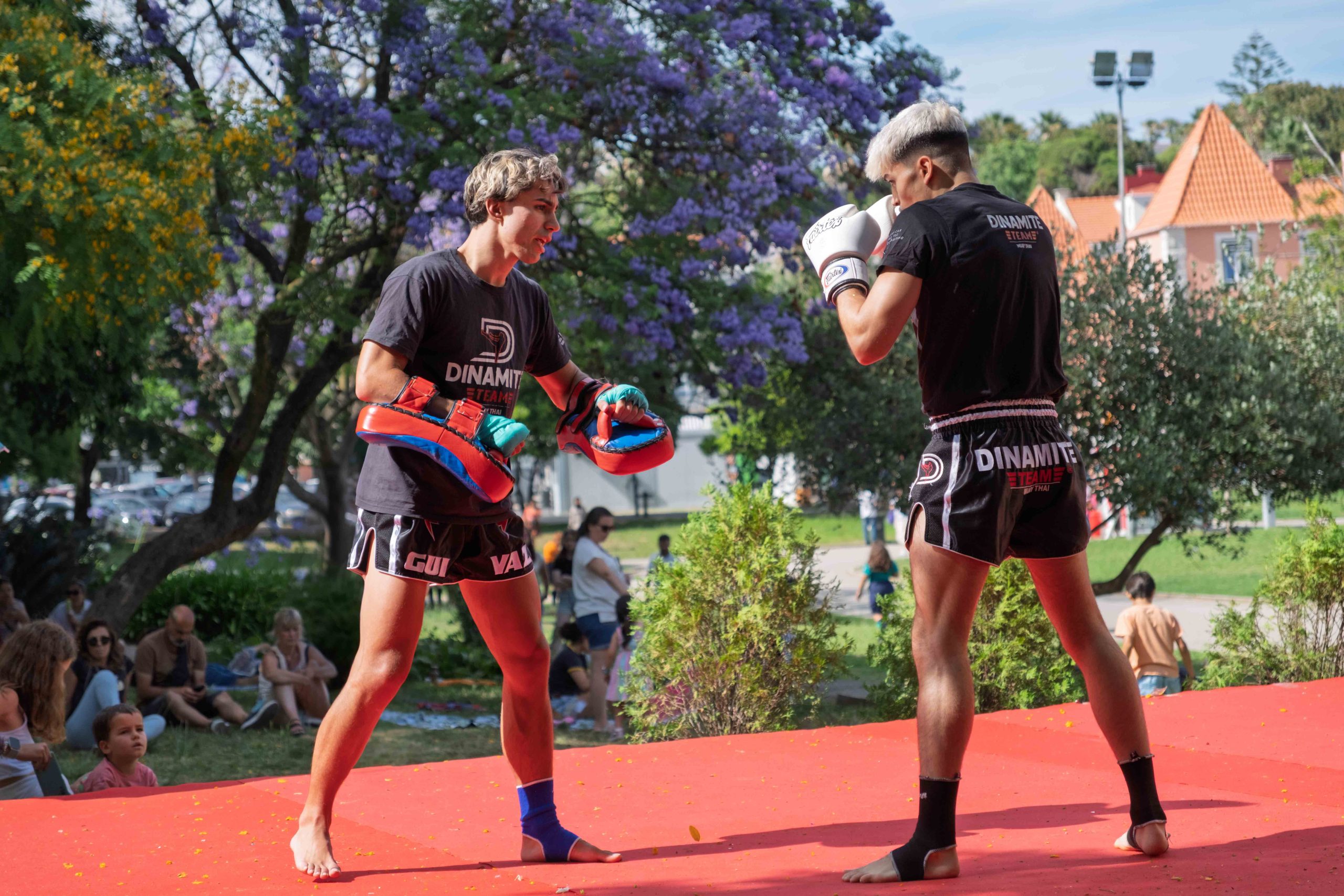I got invited to do some event photography for the Thai festival in Lisbon this past weekend. Amazing event. Colourful, energetic, and full of those spontaneous moments that make event photography so rewarding.
It got me thinking about what makes event photography different from other types of shoots. And honestly? There are some practical things I wish I’d known when I started covering live events.
What Makes Event Photography Unique
Event photography is documentary by nature. Nothing’s staged. You’re capturing things as they happen, documenting the energy and atmosphere in real time.
I prefer taking candid shots whenever possible. Sure, there’s usually some opportunity for posed photos afterward, but the best images come from those unguarded moments when participants are fully engaged in what’s happening.
The Thai festival was perfect for this. People were genuinely enjoying themselves, completely absorbed in the performances and demonstrations.
Know Your Schedule
This sounds obvious, but it’s crucial. Events run on schedules, and timing is everything.
The Thai festival had demonstrations throughout the day. Thai dancers at 6 PM. Muay Thai boxing at 1:30. Speeches from community leaders. Each happening at specific times.
Missing a key moment because you didn’t check the schedule? That stings. And it’s completely avoidable.
Plus, performers and speakers often want photos of themselves later. They’ll find you and ask. Having those shots ready makes everyone happy.
Dealing with Crowds
Events draw crowds. That’s the point. But crowds can block your view of the stage right when something important happens.
Position yourself strategically. Find those prime spots early. If you know the organizers, ask about getting behind-the-scenes access. Side of the stage. Behind the performers. Areas where the general public can’t go.
This is where press credentials really help. They open doors that would otherwise stay closed.
 Expect Unpredictable Lighting
Expect Unpredictable Lighting
Outdoor events are especially tricky. One moment you have perfect overcast light. The next, harsh sun creates deep shadows across everyone’s faces.
I keep a few filters in my bag now. Polarizing filter for sunny days to cut glare. UV filter for protection when it gets rainy. These small additions can save a shot.
The Thai festival moved between bright sun and cloud cover all afternoon. Having that polarizer made a huge difference for the outdoor demonstrations.
Gear Considerations
Zoom lenses are your friend at events. I love my prime lenses for other work, but events move fast. You don’t have time to swap lenses when the action shifts from wide crowd shots to tight performer portraits.
A good 24-70mm and 70-200mm combo covers most situations. Or carry two camera bodies with different focal lengths ready to go.
I learned this the hard way. Missed some great shots fumbling with lens changes while the Muay Thai demonstration was happening.
Watch Out for Kids and Pets
Family events like the Thai festival bring children and pets. They’re adorable, but they also run unpredictably through your shots.
Stay aware of your surroundings. And remember—some parents don’t want photos of their kids taken by strangers. Respect those boundaries.

Move Around
Don’t plant yourself in one spot and stay there all day. Move around the venue. Different angles. Various perspectives.
Other photographers are probably covering the same event. You want your shots to stand out, not look identical to everyone else’s work.
I spent time near the main stage, then moved to the food vendors, then got some shots from the crowd’s perspective. Each location offered different storytelling opportunities.
Video Considerations
If you’re shooting video too, bring a monopod or gimbal. You’ll be moving constantly, working around crowds, adapting to changing conditions. Shaky footage doesn’t help anyone.

Cultural Sensitivity
The Bottom Line
Event photography requires flexibility above everything else. You can’t control the lighting. Can’t direct the subjects. Can’t reshoot if something goes wrong.
What you can control is your preparation. Right gear. Understanding the schedule. Positioning yourself well. Staying hydrated on hot days.
The Thai festival reminded me why I love this type of work. Genuine moments. People celebrating their culture and sharing it with others. Those are the shots that matter.
All the photos in this post have been taken by me and edited using my Lisbon Lightroom preset.




 Expect Unpredictable Lighting
Expect Unpredictable Lighting

